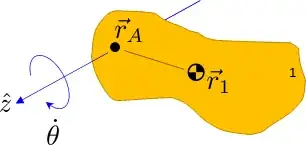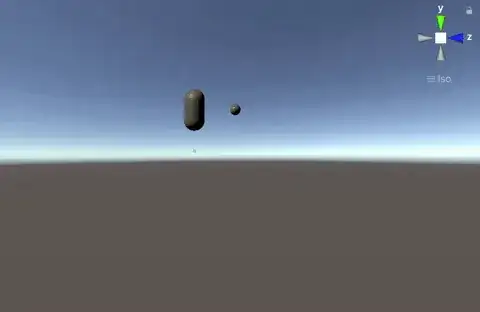Numerical integration of the equations of motion of a pendulum faces two separate but interconnected problems.
The first problem is common to every Newtonian dynamical system. It is connected to how the unavoidable inaccuracy introduced by the numerical integration modifies the qualitative and quantitative features of the exact solution. In particular, it is of the utmost importance to understand the effect of the algorithmic error on the conserved quantities. In general, if an algorithm based on a fixed time step $\Delta t$ has a global error proportional to $\Delta t^n$, the energy can be conserved only at the same order. However, this is not the whole story because, depending on the algorithm, errors on a periodic motion may or may not compensate.
The simplest possible algorithm, the explicit Euler one, advances from time $t$ to time $t+\Delta t$ according to
$$
\begin{align}
x_{n+1}&=x_{n}+v_{n}\Delta t\\
v_{n+1}&=v_{n}+a_{n}\Delta t,
\end{align}
$$
but it is known to be unsatisfactory for serious numerical work (in the formulas, $a_n$ is the acceleration evaluated from the position at the time $t$). It is globally a first-order algorithm, but the conservation of energy is very poor, and even with a very small time step, results show a drift in the energy.
A much better algorithm is the Euler-Cromer algorithm, which is what has been used here. It is summarized by the evolution steps
$$
\begin{align}
v_{n+1}&=v_{n}+a_{n}\Delta t\\
x_{n+1}&=x_{n}+v_{n+1}\Delta t
\end{align}.
$$
It is still first-order but is much more stable than the Euler algorithm. The global deviations from energy conservation remain $O(\Delta t)$, but they oscillate, and there is no systematic drift of the energy.
Interestingly, without significant additional work, in the case of forces depending only on the position, one could use a definitely better algorithm, the Störmer-Verlet:
$$
\begin{align}
x_{n+1}&=x_{n}+v_{n}\Delta t+\frac12 a_n \Delta t^2\\
v_{n+1}&=v_{n}+\frac12 (a_{n}+a_{n+1})\Delta t,
\end{align}
$$
that is a second-order and symplectic algorithm.
However, this first part on the numerical integration algorithms is only half of the story when dealing with the case of a pendulum. The second half, in a way much more important, has to do with the way the constraint of a fixed length of the pendulum is incorporated in the description of the motion.
The simplest way and I would recommend it, is by recasting the description and the equation of motion in terms of a single angular coordinate. It requires to work in terms of angular velocity, angular acceleration, and torque, expressed as a function of the angle, but the final equation is pretty simple:
$$
L \ddot \theta = -g \sin(\theta),
$$
and can be integrated in the same way as the equations of motion written in cartesian coordinates. The main advantage is that the constraint of a fixed length of the pendulum is built-in. Obtaining the cartesian coordinates from the length and the angle is trivial.
The alternative is to work with two degrees of freedom (for instance, the two cartesian coordinates of the center of mass of the pendulum. In this case, one has to consider the presence of the reaction force due to the constraint of a motion on a circle. From the analytical side, it is not difficult to obtain the expression for such a constraining force. However, on the side of numerical integration of the equations of motion, a constraint of this kind poses a fundamental problem. The numerical evolution of the system is accurate only at the order $\Delta t^n$ ($n$ depending on the algorithm). This implies that also the constraint will be fulfilled only at the same order. And this may be a big problem. For instance, in the pendulum case, if the length varies systematically, drifting from the starting value, the period of the pendulum will be affected.
Therefore, in the case of a constrained dynamics (with this kind of so-called holonomic constraints), the numerical algorithms must be modified. The known solution of the problem (J.P. Ryckaert, G. Ciccotti, H.J.C. Berendsen. J. Comput. Phys., 23 (1977), p. 327) requires to add to the ($n+1$)-step positions and velocities an additional modification enforcing the constraint. Such modification depends on the algorithm and usually requires the numerical solution of a system of equations at every step.
It would be possible to say more on the algorithms for constrained evolution, but I think this information could be enough for the original question. In particular, as already said, I would strongly advise using the angular coordinate description.

